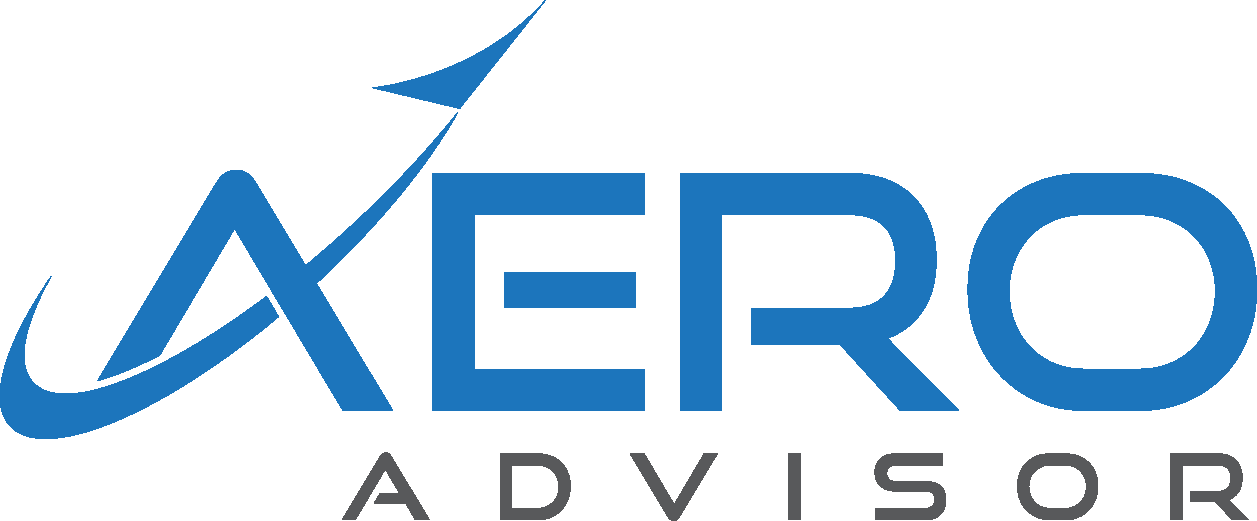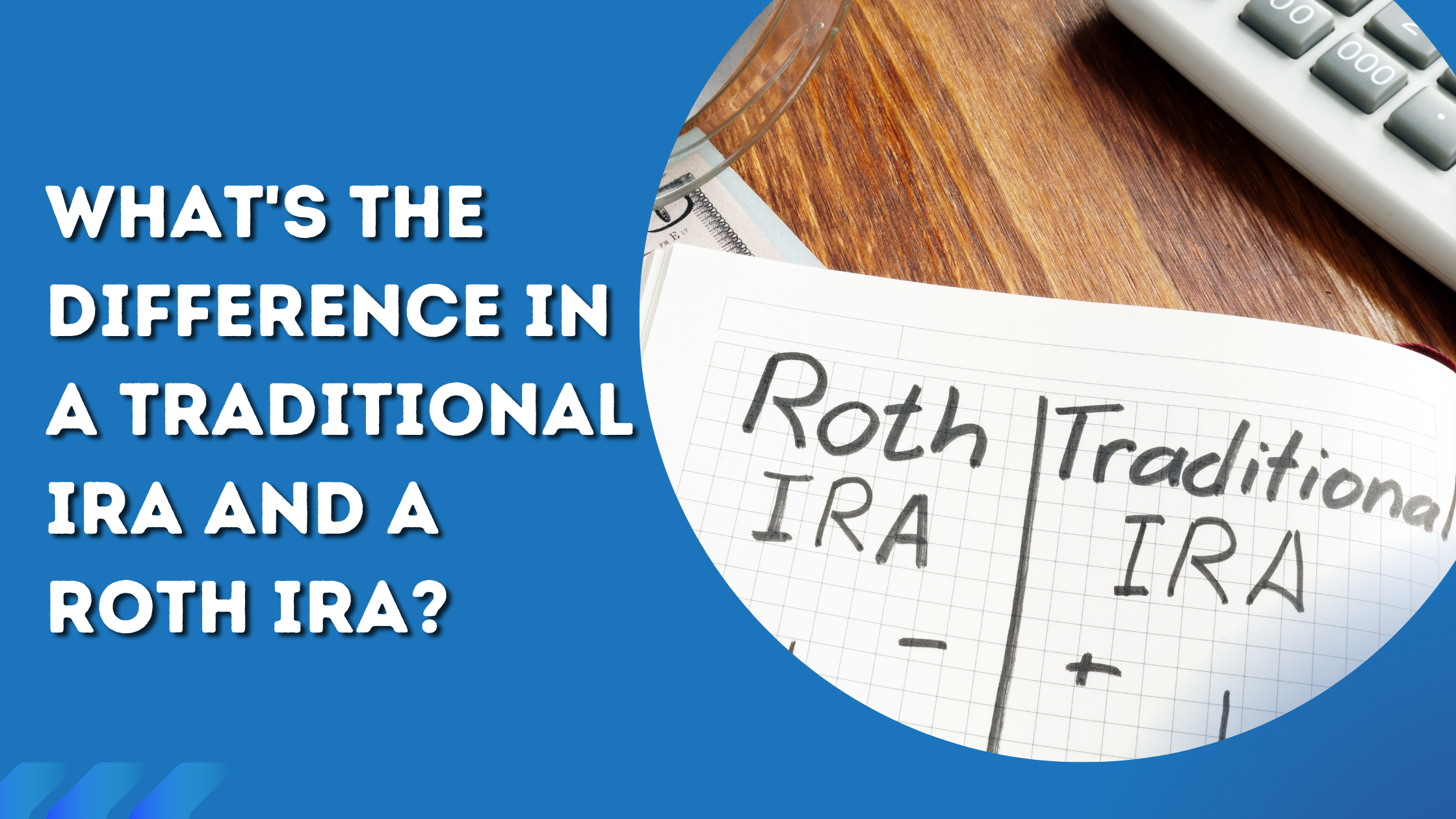What’s the difference between a Traditional IRA and a Roth IRA? Individual Retirement Accounts (IRAs) are tools that many investors use to save for retirement. However, not all IRAs are created equal. The two most popular types of IRAs are the Roth IRA and the Traditional IRA. While both types of accounts offer tax advantages, they differ in several important ways. In this article, we will discuss the differences between the Roth and Traditional IRA to help you decide which one may be right for you.
As always, each investor’s situation is different, so you’ll want to consult with your financial advisor and tax professional to see which account might be best for your situation.
Taxation
One of the most significant differences between the Roth and Traditional IRA is how they are taxed. With a Traditional IRA, you can deduct the amount you contribute from your taxable income, which reduces your current year’s tax bill. However, when you withdraw money from your Traditional IRA during retirement, you will pay income tax on the full amount, including both contributions and earnings. This means that you receive a tax break upfront, but you will pay taxes on the money later.
With a Roth IRA, you pay taxes on the money you contribute upfront, so you don’t get a tax deduction in the current year. However, when you withdraw money from your Roth IRA during retirement, you will not pay any taxes on your contributions or earnings. This means that you won’t receive a tax break upfront, but you will save on taxes later.
Contribution Limits
Another difference between the Roth IRA and Traditional IRA is the contribution limits. In 2023, the maximum contribution limit for both types of IRAs are $6,500 per year, or $7,500 if you are over the age of 50. However, with a Traditional IRA, you cannot make contributions after the age of 70 ½, whereas with a Roth IRA, there is no age limit for contributions.
Income Limits
There are also income limits associated with each type of account. For a Traditional IRA, anyone can contribute if they have earned income, but the tax deduction may be limited or eliminated based on how much income you bring in at your job and whether you or your spouse is covered by an employer-sponsored retirement plan.
For a Roth IRA, there are income limits, which restrict who can make contributions. In 2023, the income limits for a Roth IRA are $140,000 for individuals and $208,000 for married couples filing jointly. If you earn more than these amounts, you may not be able to contribute to a Roth IRA.
Withdrawal Rules
The withdrawal rules for Roth and Traditional IRAs are also different. With a Traditional IRA, you can start making penalty-free withdrawals at age 59 ½, but you must start taking required minimum distributions (RMDs) by age 72 (this has somewhat changed recently, see my article on The Secure Act 2.0 by clicking HERE).
The RMDs are calculated based on your age and the value of your account at the end of the previous year. With a Roth IRA, there are no required minimum distributions, which means you can leave your money in the account as long as you want. Additionally, you can make penalty-free withdrawals of contributions (earnings are a different story) at any time, even before age 59 ½.
Which IRA Account Type Is Right for You?
So, which type of account is right for you? It depends on your financial situation and retirement goals. If you are in a high tax bracket now and expect to be in a lower tax bracket in retirement, a Traditional IRA may be a good choice, as it allows you to defer those taxes until you retire. If you expect to be in the same or a higher tax bracket in retirement, a Roth may be a better option, as you can pay taxes now and avoid taxes on withdrawals later. How long you have until you’ll need to take money from the accounts can also be an important factor in determining which type of account might be best for you.
It’s important to note that while IRAs can be an excellent tool for saving for retirement, they are just one piece of the puzzle. You should also consider other retirement savings options, such as employer-sponsored plans (401ks, pensions, etc.), Social Security, and personal savings.
Related:
Should I put money in my Roth 401k account?
Can't find what you're looking for on our website? Have a question regarding your financial picture? Want to leave us some feedback? We would love to hear from you. You can email me at Brian@TheAeroAdvisor.com or fill out the form below.
By submitting this form, you are consenting to receive marketing emails from: . You can revoke your consent to receive emails at any time by using the SafeUnsubscribe® link, found at the bottom of every email. Emails are serviced by Constant Contact
The opinions voiced in this material are for general information only. They are not intended to provide specific advice or recommendations for any individual, nor intended as tax advice. We suggest that you discuss your specific situation with a qualified tax or legal advisor.
LPL Tracking #413096-1





